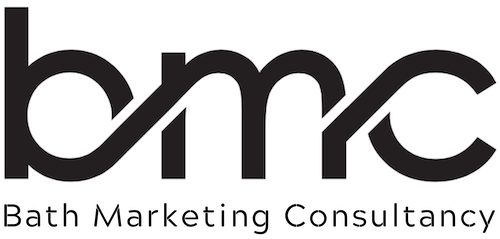In the business world, the terms “advertising” and “marketing” are often used interchangeably. Although closely related, they have distinct roles and involve different activities. Understanding these differences is essential for businesses looking to maximise their reach and influence in today’s competitive market.
Marketing: The Bigger Picture
Marketing is a broad strategy that encompasses all activities aimed at promoting and selling products or services. It includes market research, product development, branding, pricing strategies, customer service, and communications. The objective of marketing is to understand consumer needs and behaviours, develop solutions to meet those needs, and communicate the value of those solutions effectively.
In essence, marketing is a long-term approach that focuses on building relationships with customers and ensuring business growth. It involves identifying the right audience and crafting messages that resonate with them.
Advertising: A Key Component of Marketing
Advertising, on the other hand, is just one element of the broader marketing mix. It specifically refers to the process of creating and delivering paid messages to target audiences, usually through channels such as television, radio, print, or digital platforms. The primary aim of advertising is to raise awareness, promote products or services, and drive consumer action, whether that’s making a purchase, clicking a link, or making an enquiry.
While marketing includes various methods for reaching potential customers, advertising is the paid and more direct approach, using channels where businesses can control both the message and its placement.
Key Differences
Scope: Marketing covers all activities from product development to customer service, while advertising is focused solely on promoting a product or service through paid messages.
Purpose: Marketing is about building and sustaining relationships with customers over time, while advertising aims to capture immediate attention and encourage short-term actions.
Costs: Marketing strategies can include cost-effective methods such as content creation, email campaigns, and social media engagement, while advertising typically requires a dedicated budget for media placement.
Conclusion
Both advertising and marketing are crucial to business success, but they serve different purposes. Marketing provides the overall strategy for engaging with customers and building brand awareness, while advertising plays a vital role in delivering targeted messages to specific audiences. By understanding these differences, businesses can allocate resources more effectively and create better campaigns.




